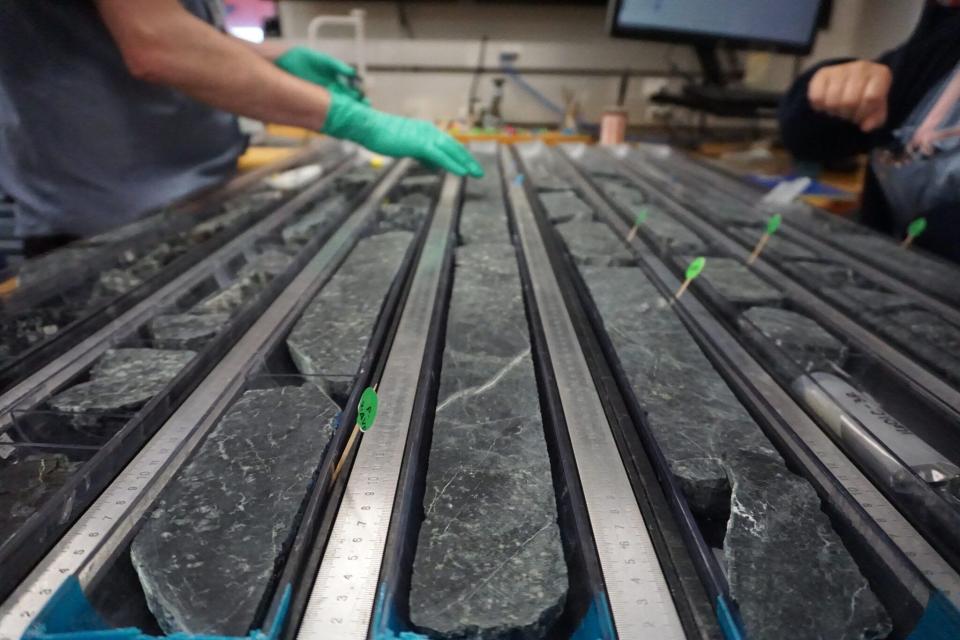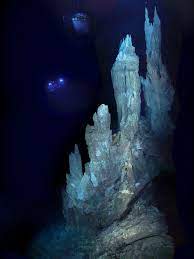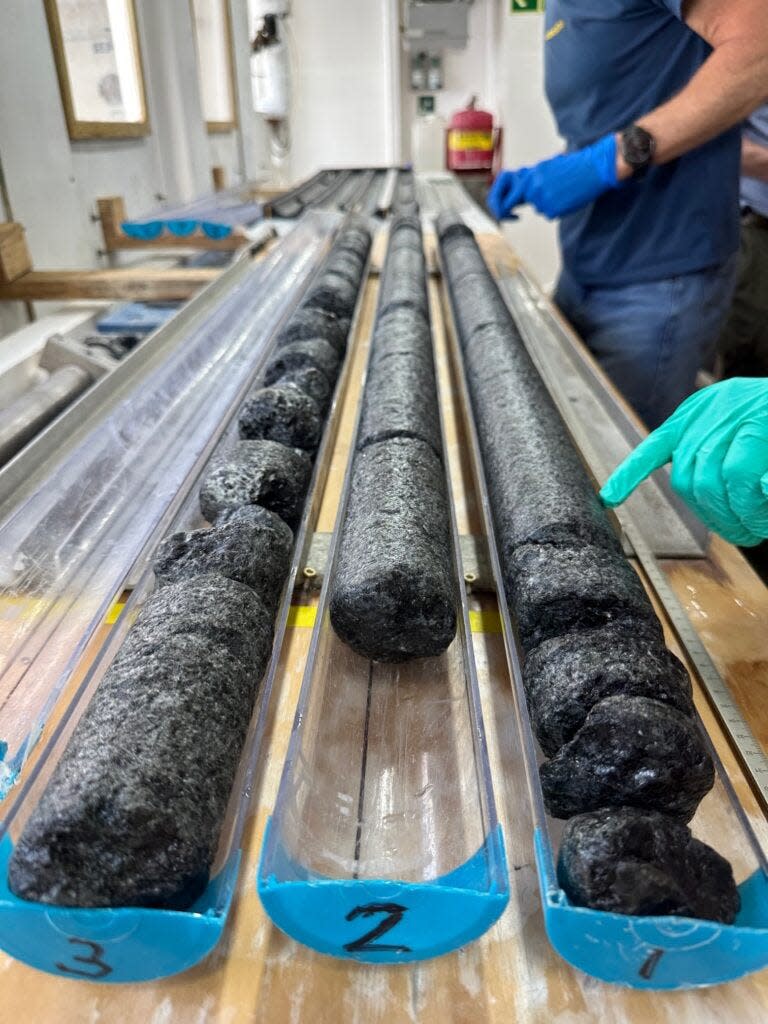Geoscientists drill down into the ocean for a record-breaking close-up of Earth's mantle
Geoscientists have made an unprecedented achievement on their 60-year quest to know more about Earth's mysterious depths.
Pieces of Earth’s rocky mantle were collected by a drilling vessel called the JOIDES Resolution about a mile beneath the North Atlantic ocean floor at an underwater mountain called Atlantis Massif – located on a special “tectonic window” of the Mid-Atlantic Ridge.
"On Earth, mantle rock is normally extremely difficult to access," JOIDES Resolution states on its website. "The Atlantis Massif offers a rare advantage to gain access to it, as it is comprised of mantle rocks that have been brought up closer to the surface through the process of ultra-slow seafloor spreading."


The research team, part of the International Ocean Discovery Program, originally set out to drill for clues to the origin of life – because the area's richness in hydrogen and organic material may have fueled the beginnings of life.
Although scientists did not drill into the mantle – or set a record for deepest hole ever drilled beneath the seafloor – they did recover the deepest mantle rock ever, getting samples from as deep as 4,157 feet.
70% of California beaches could be lost by the end of this century, new USGS survey finds
"The magnitude of the history occurring has most certainly not been lost on our science party, many of whom are seasoned field researchers and believe this will be incredibly important data for many generations of scientists to come," wrote Lesley Anderson, an onboard outreach officer on the expedition, and communications officer Sarah Treadwell in a JOIDES Resolution blog post.
A 1961 project called Project Mohole was the first of a handful of unsuccessful attempts to reach the mantle.
On May 1, the JOIDES Resolution began drilling the hole, known as U1601C, which allowed them to finally collect record-breaking amounts of mantle rock – collectively, a length of more than 1 kilometer in upper mantle rock, consisting largely of peridotite.

At the site, shifting plate tectonics in the ocean crust fueled by heat from the mantle cause earthquakes and lead to the formation of mountains and volcanoes.
Johan Lissenberg, an igneous petrologist from Cardiff University on board the ship, told Science Magazine that these samples can provide direct evidence for how ocean crust differs in composition from the upper mantle, better estimates of “the global composition of the bulk Earth,” and help researchers better understand how magma melts, flows, and separates.
America's National Recreation Trails America’s recreation trail system added new trails spanning 9 states, 340 miles
This article originally appeared on USA TODAY: Scientists drill into Earth's crust, gather historic samples of mantle

